Types and varieties of fir, planting rules and subtleties of care
Evergreen fir is a little capricious, but planting this stunning tree and caring for it in a summer cottage is a feasible matter. The bright appearance and healing properties inherent in conifers are worth taking up the cultivation of a slender forest beauty, despite the possible difficulties.
Types and varieties
The distribution area of fir - forests of Eastern and Central Europe, Asia, Siberian taiga, the Far East, North Africa.
Scientists count about 50 species of fir, from dwarf trees about half a meter high to forest giants, reaching a height of 80 m. Let's get acquainted with the species that are often found in cultivated plantings.
Balsamic
A native of North America, it is characterized by shade tolerance, frost resistance. The height reaches 25 m, the diameter of the trunk is up to 1 m.The soft needles are green, the length of the needles is up to 3 cm.
- In the design of summer cottages, the dwarf variety of balsamic fir Nana is of interest. It is a tree up to 50 cm tall with a spreading crown up to 2.5 m in diameter. The branches are horizontal. The needles are dense, the lower part of the needles is yellowish.
- Another popular dwarf variety - Hudsonia, is interesting in the color of the needles: thick, to black, dark green in the upper part and with a bluish tint in the lower.
Korean
Originally from the Korean Peninsula, it prefers to grow in high places. It grows in height up to 15 m with a trunk diameter up to 80 cm. The crown is conical, the branches are covered with hard needles, slightly curved. The color of the needles is dark green, silvery at the bottom. It is notable for its 7-centimeter pink-purple candle cones. Popular in Russia in urban landscaping.
- Piccolo is a dwarf variety used to decorate rocky areas and terraces. Its height is only 30 cm, but the crown grows up to one and a half meters, dense. The needles are tough.
- In urban landscaping, the Blue Standard variety is popular - up to 8 m high, with a crown diameter of about 3 m. It is interesting in the color of cones - from green to dense purple.
Siberian
In its natural environment, it grows only in the forests of Siberia, a protected species. The height of the trees reaches 30 m, the crown is narrow, pyramidal in shape. The needles are short, up to 3 cm, narrow, soft. Siberian fir is rarely used in landscape design.
Single color
High, up to 60 m, tree with a powerful trunk. The crown is conical, needles with variable colors - from bluish to gray-green, with pronounced yellowness in autumn. Drought and frost resistant species.
For landscape gardening, varieties of single-color fir have been bred:
- Violacea, up to 8 m high, with a wide conical crown, the color of the needles is white and blue;
- Compact (Compact Glauka) is a shrub dwarf fir, suitable for decorating Japanese gardens, rockeries, alpine slides.
Caucasian (Nordman fir)
Endemic species, widespread in the Caucasus, partially grows in Turkey and the Middle East. A powerful tree 60 m high, with a two-meter trunk diameter. The color of the needles is dark green, with a silvery tint, the needles are down.
- Interestingly, the so-called Norman fir is a Nordmann fir grown especially for the Christmas holidays. Such trees are appreciated for their appearance - neat, symmetrical, fluffy branches, needles of an even green color.
- Golden Spreader is a compact dwarf fir, slow growing. The needles are golden yellow in color.Recommended for alpine slides.
White (budscale)
Growing territory - mountain ranges of the Far East, North China. The crown is cone-shaped and pyramidal. The color of the needles is dark green. Frost-resistant, durable in urban environments.
Fraser fir
A fast-growing, shade-tolerant tree up to 25 m high, originally from North America. Interesting with long silvery-green needles.
- For small areas, the variety Prostrata is suitable, which forms a creeping shrub.
The species diversity of fir is not limited to those listed, for the description, those are selected that do not cause much trouble when grown in the country.
How to plant a fir?
Fir seedlings should be purchased in a nursery or specialized stores located in the region of the intended cultivation. Unconditional preference is given to zoned varieties from species characterized by frost resistance.
Before buying, the seedling is carefully examined in order to timely identify damage, signs of disease. Pay attention to the age of the tree (optimal for planting - at least 4 years). The nutrient substrate in the container where young fir trees are kept must be clean, moist, and free from mold.
Fir trees, especially young ones, love shading. The location is chosen so that the seedlings are shaded for most of the day (midday). Wind protection is also important.
Advice
Avoid planting fir in urban areas, especially near highways with heavy traffic.
The soil for all types of fir requires nutritious, moist. The best option is loam, which is moderately moisture permeable.
Landing technology
Planting a fir is not difficult, just follow the technology below.
The optimal timing for planting fir is spring (April) or autumn (September). Cloudy, but warm weather is desirable that day. A light rain is ideal.
The landing pit is prepared in 10-15 days. The approximate dimensions are 60x60x80 cm, the final ones are determined by the earthen lump of the seedling.
When planting several trees, maintain a distance:
- group - 3-3.5 m;
- alley - 4-5 m;
- hedge (staggered) - 2-2.5 m.
Advice
Balsam fir gives abundant growth, so the distance between trees is increased.
2 or 3 buckets of water are poured into each hole, the bottom is laid out with broken brick or coarse gravel for drainage.
Prepare a nutritious soil mixture:
- humus, clay, peat, sand (3: 2: 1: 1);
- sawdust - 10 kg;
- nitrophoska - 200 g.
Half fill the pit with the substrate.
In the center of the pit, a small mound is formed, on which the seedling is placed, directing the roots along the slopes.
Fill in the remaining soil mixture, carefully compacting. Pay attention to the location of the root collar: it should be strictly at ground level.
Water the seedling abundantly.
Fir care
As a rule, adult firs are unpretentious, but at the initial stage you will have to make an effort to grow a beautiful healthy tree.
- Watering
Regular watering is necessary for young trees. The optimal regimen is once every two weeks. It is preferable to water from a hose, directing the stream to the crown - sprinkling. A fully rooted, established tree requires watering only during dry periods in the absence of rainfall for more than 2 weeks.
- Loosening, mulching
The near-trunk circle is loosened simultaneously with weeding. The depth of regular loosening is 10-12 cm. Young trees are poured with mulch - peat, sawdust, tree bark. This will protect the soil from intensive evaporation of moisture and the formation of a crust on the soil.
Advice
When adding mulch, pay attention so that it does not cover the root collar.
- Top dressing
The soil under the fir is regularly fertilized. The first time after planting, fertilizers are applied two years later, then once a year in the spring. Usually use ready-made fertilizer "Kemira" or "Fertika" for conifers.100 g of dry fertilizer is scattered in the trunk circle, then spilled with water.
- Pruning
Sanitary pruning is done as needed, regardless of the season. Remove dried, damaged and diseased branches using a well-sharpened tool.
Formative pruning is not done for young firs; their crown naturally keeps its shape. But trees over 10 years old sometimes need to improve their appearance a little. In early spring, the shoots are slightly shortened - by a third of the length, no more.
- Shelter for the winter
Mature trees of winter-hardy varieties do not require frost protection in winter. Before the onset of cold weather, young trees are covered with a thick (10-12 cm) layer of peat, the crown is covered with spruce branches.
Advice
With the approach of spring, the fir crown is wrapped in agrotechnical fabric to protect the needles from sunburn.
Diseases and pests
Fir trees have an innate resistance to diseases and attacks of pests, adherence to agricultural practices reduces the risk of tree damage to almost zero. However, you need to know potential enemies.
Fir pests include spruce-fir hermes (a type of aphid). These insects form snowflake-like colonies on the underside of the needles. As a prophylaxis, in April (the time when the female pest leaves) trees are sprayed with insecticides - "Rogor", "Antia" (20 g per 10 liters of water). These drugs are also effective against the fir moth, which affects young shoots, and the pine cone.
Of the diseases in fir, rust is the most common. It manifests itself as red spots on the needles, swelling on the branches. With such lesions, the fallen needles are removed and burned. Damaged shoots are cut out and destroyed, the cuts are covered with garden pitch. Trees are treated with Bordeaux liquid (200 g per 10 liters of water).
Advice
If fir trees grow on the site, declare war on starfish (wood lice) and yaskolka - the causative agent of the disease lives on them.
Fir propagation
Fir is propagated in two ways - by seeds and cuttings.
Cuttings
The method is applicable to decorative varieties.
- Cuttings are cut from young trees (annual shoots are used). Dates - late March or early April, before the start of sap flow.
- The size of the cuttings is 5-7 cm, there is only one apical bud, with a "heel" (a piece of bark), so they are torn from the branch.
- The cuttings are disinfected in a solution of potassium permanganate, very weak - almost colorless.
- Rooting substrate - a mixture of sand, leafy soil and humus 1: 1: 1. The container must be equipped with drainage holes.
- The cuttings planted in the container are covered with a transparent lid, kept in a bright place, avoiding direct sunlight. The optimum rooting temperature is slightly above room temperature.
- Greenhouses are ventilated daily, the soil is moistened.
- From spring to autumn, cuttings are taken out into the open air.
The root system begins to form in the 2nd year.
Seed propagation
The germination algorithm is not too troublesome, but this process is quite lengthy.
- Seeds are planted in April. They are preliminarily stratified - wrapped in a damp cloth, covered with sand, kept in the refrigerator for 3-4 months.
- Sow in a specially prepared bed. The soil mixture is made up of sod land and sand. Seeding depth - 2 cm.
- The crops are immediately covered with foil, without watering.
Seeds sprout within a month. For the winter, tiny trees are covered with spruce branches. In the spring, after wintering, they are planted in a permanent place.
The queen of the garden plot, the fir with relatively low labor costs will become the main decoration of the landscape. The main thing is to choose a suitable variety and a good place for the future tree.
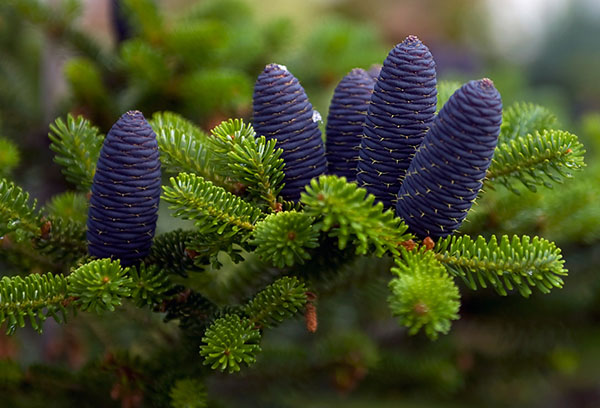
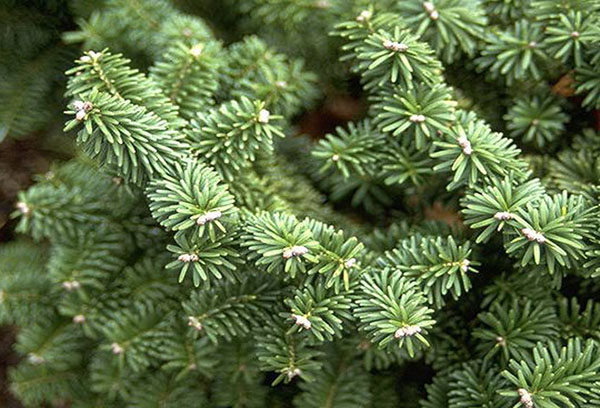
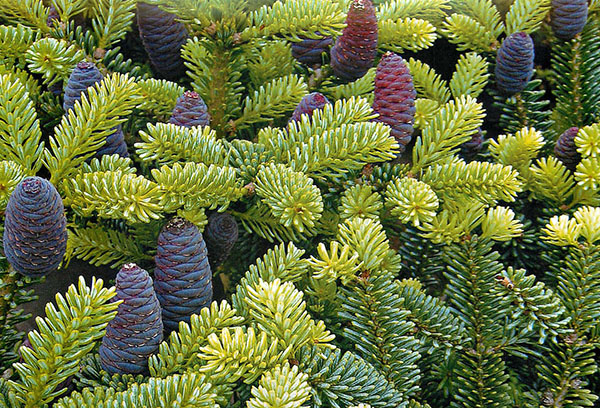
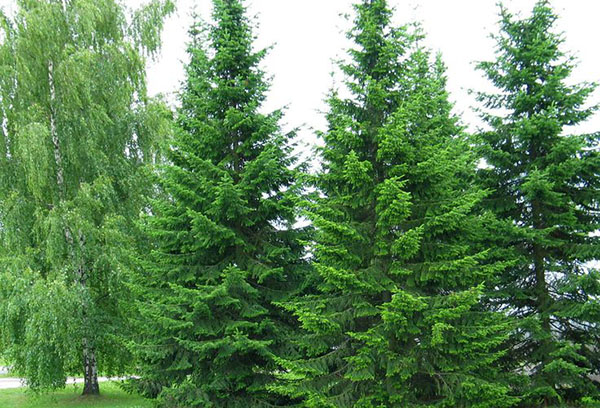
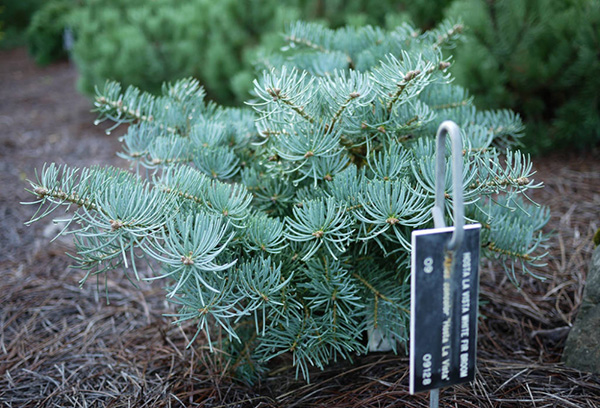
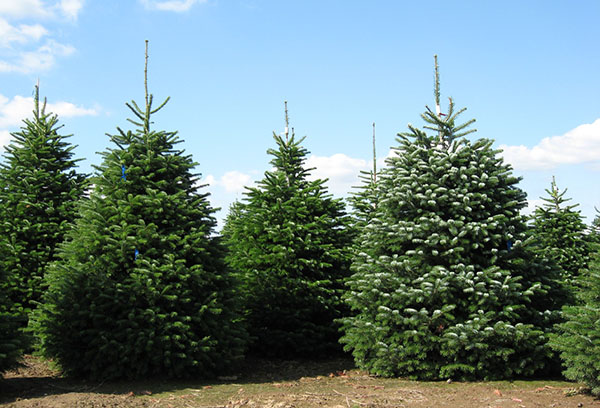
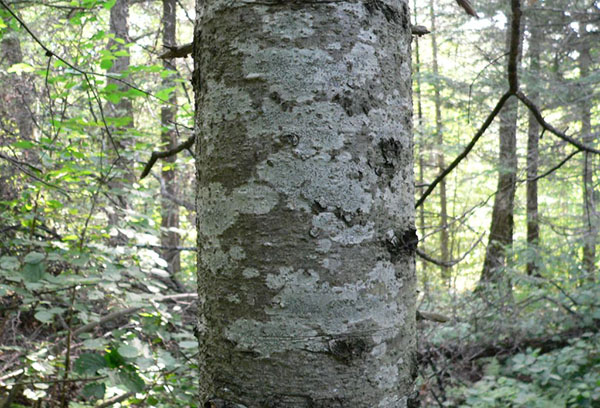
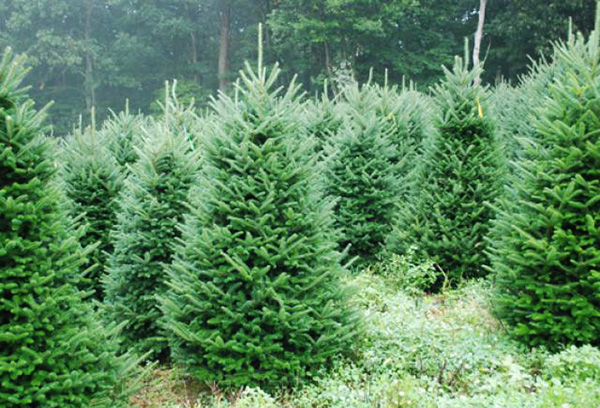
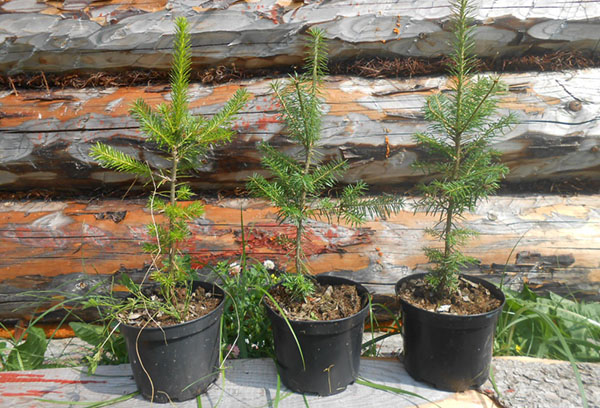
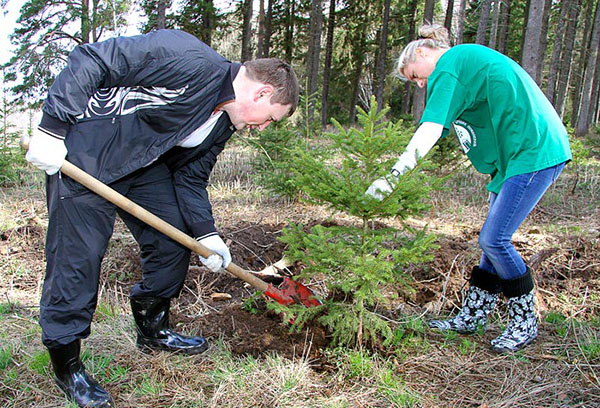

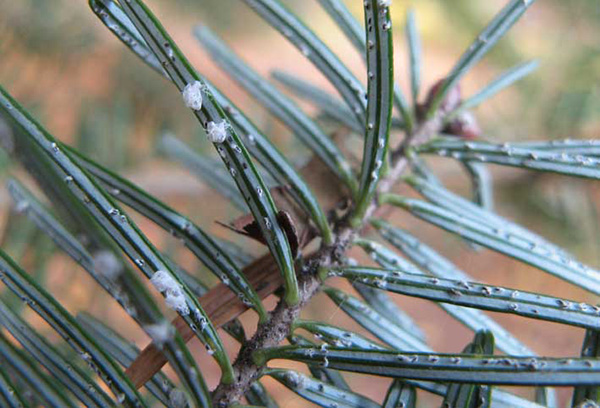
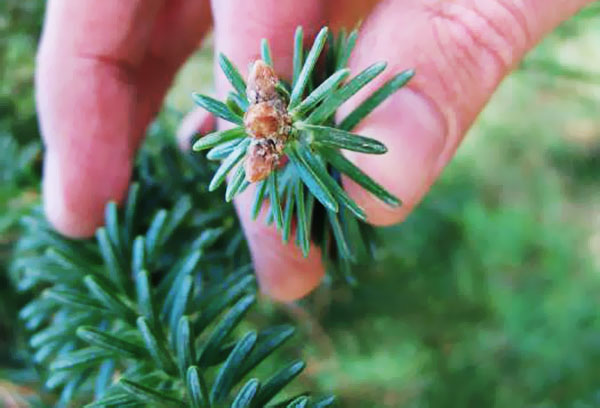
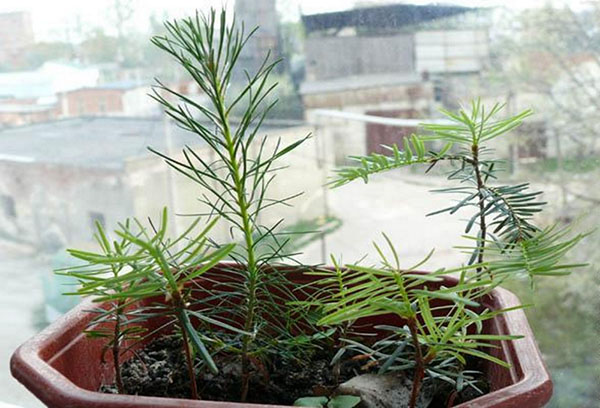
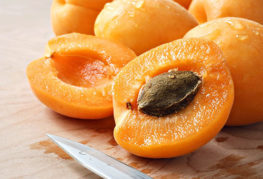

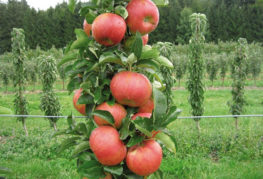
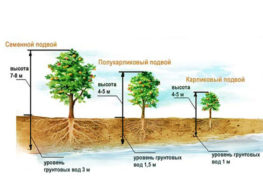
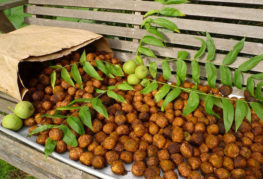
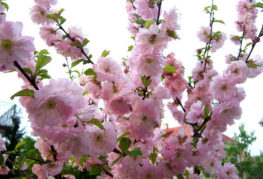
and will be published shortly.